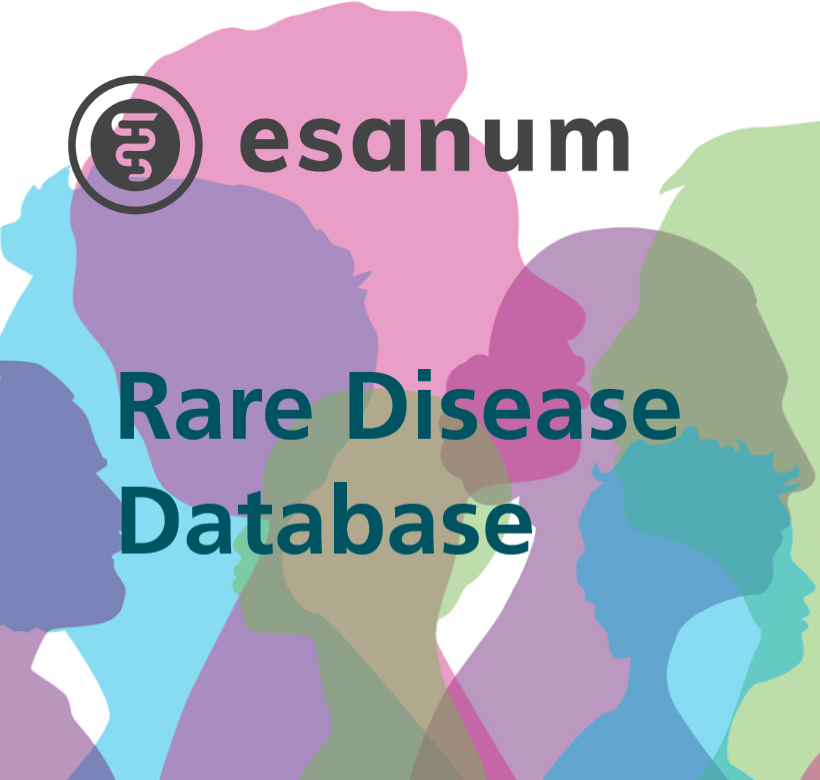Solution
Fusobacterium necrophorum is detected in the blood cultures after four days. In the overall medical analysis, the diagnosis of Lemierre's syndrome is thus made.
Antibiotic therapy with ampicillin/sulbactam was initiated and supplemented with metronidazole after the diagnosis was made. The patient was discharged from hospital after five days in a significantly improved general condition. The antibiotic therapy is changed to oral and is to be taken for another four weeks.
What is Lemierre's syndrome
Lemierre's syndrome is a rare condition that occurs as a complication of tonsillitis or other infection of the ear, nose, and throat. Classically, the following triad of symptoms occurs:
- Tonsillopharyngitis.
- Thrombosis of the internal jugular vein.
- Septic emboli in the lungs, and less commonly, in the brain.1
If left untreated, the disease can be fatal.
Clinical implications and diagnostics
The disease usually begins within a few days to three weeks after an upper respiratory tract infection. If there is persistent tonsillitis, swelling of the throat and shortness of breath, one should be alert and think of Lemierre's syndrome. Other possible symptoms are fever, dysphagia and meningismus.2
If suspected, blood cultures should be assayed during the fever phase, if possible. In addition, thrombosis of the IJV should be ruled out by ultrasound and a chest x-ray should be performed to rule out pneumogenic spread.
Therapy
Initially, antibiotic therapy should be started quickly and broadly. If the pathogen can be detected, the antibiotic therapy can be de-escalated. Betalactam antibiotics with a beta-lactamase inhibitor (e.g. ampicillin/sulbactam) or a 3rd generation cephalosporin (e.g. ceftriaxone) combined with metronidazole are recommended. Often the response is slow even with adequate therapy, so a treatment duration of 3-6 weeks is recommended.3
References:
- Lemierre A. On certain septicaemias due to anaerobic organisms. Lancet 1936; 1: 701-3.
- Mesrar H, Mesrar J, Maillier B, Kraoua S, Chapoutot L, Delclaux B. Syndrome de Lemierre : diagnostic, exploration, traitement Lemierre's syndrome: Diagnosis, exploration, treatment. Rev Med Interne. 2018 May;39(5):339-345.
- Riordan T. Human infection with Fusobacterium necrophorum (Necrobacillosis), with a focus on Lemierres syndrome. Clin Microbiol Rev 2007; 20: 622-59.
Rare Disease Day

![kasuistik_lemierre-syndrom_r.. [render1]](/images/340507/renders/render1)